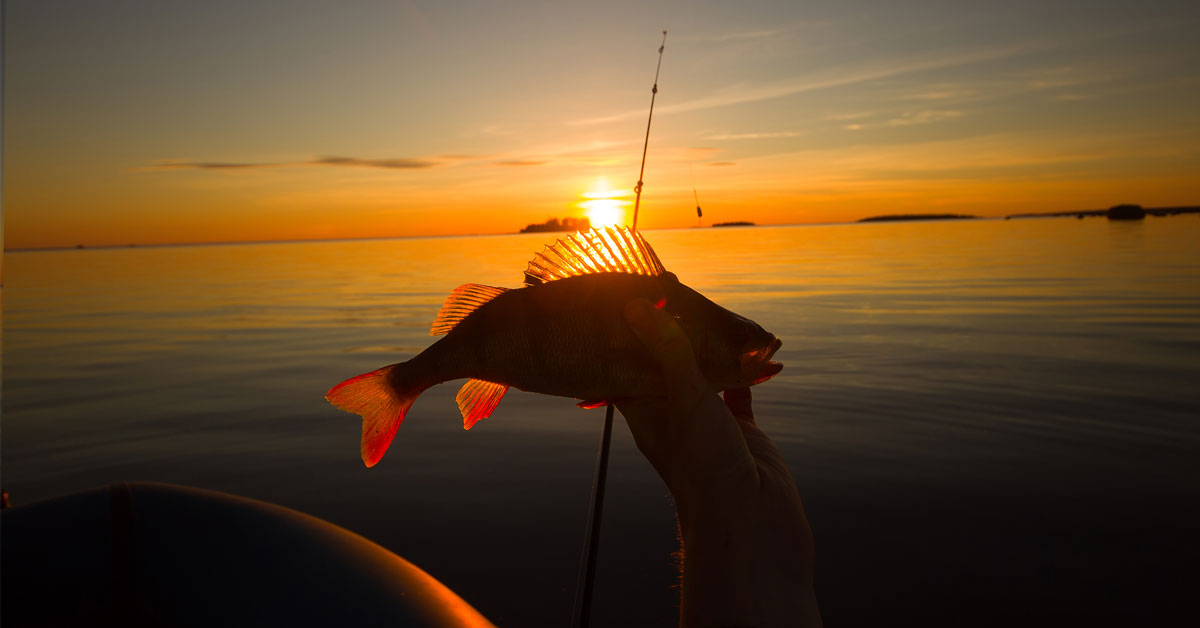
By Peter Brookes
When February rolls around, most anglers have had about as much of being stuck indoors and away from their favorite fishing hole as they can stand.
“Cabin fever” among anglers ranks right up there with the flu as an unwelcome winter illness. This year’s bone-chilling polar vortex only made it worse.
But letting cabin fever get to you isn’t the answer.
Instead, put on your warmest woolies and go outside and fish. Yes, I said: “Go outside and fish!” One of the best options in late winter is fishing for yellow perch in the Northwest River.
Indeed, the Northwest River, a scenic, underdeveloped waterway in the rural Hampton Roads area, is one of the first rivers in the state to have a spawning run of trophy-sized yellow perch.
Yellow perch start to spawn in late-February to early-March as the days get longer and the water temperatures creep toward 45 degrees to 50 degrees.
The pre-spawn and spawning activity means that these fish can be found in concentrations, can be quite large and—perhaps, best of all—are quite willing to hit your lure, bait or fly.
But why get out of the easy chair, turn off the TV, and brave Jack Frost to fish for yellow perch? It turns out that yellow perch aren’t only good fishing, they’re darn good eating.
That should come as no surprise as the Perca flavescens—the impress-your-fishing-buddies, Latin name for the yellow perch—is a member of the same family that also includes the walleye and sauger.
These fish are some of the best—if not the best–freshwater-eating fish around.
According to the Virginia Department of Wildlife Resources (DWR), yellow perch in the Old Dominion average 6 inches to 8 inches in length, but can get as big as 14 inches to 15 inches and weigh in at 1 1/2 pounds to 2 pounds.
While the Northwest River is unique as an early spawning river for yellow perch, fishery experts say that these fish can also be found in other tidal tributary rivers such as the Potomac, Rappahannock, Chickahominy, Nottoway and New Rivers.
Some other good fishing for yellow perch, according to DWR, can be found in Virginia’s Machodoc, Maddox, Aquia and Occoquan Creeks and Western Branch, Prince, Waller Mill, Little Creek, Holliday, Moomaw and Claytor Lakes.
But how do you put one on the line?
Able anglers tell me that you have to go deep for yellow perch in winter. Think jigging for spin fishers or nymphing for fly fishers. Of course, live bait such as minnows work—and is probably the best overall bait for hooking these fish.
DWR also recommends other live baits such as mummichogs, mayfly nymphs, worms and grubs. But yellow perch will also hammer fish eyes, cut bait and pork rind.
Artificials work, too, including small spoons, spoon hooks, spinners, bucktails, and spinner baits. Streamers for fly anglers is a good choice.
While there are a lot of bait, lures and flies that can be used, yellow perch can be temperamental. Like any fish, it may take some time to figure out what’s working and what isn’t working that day.
It’s also important to cover the water with your casts. While spawners will deposit their sticky eggs along the shore on woody debris, they will also hold near the middle of the channel when not actually spawning.
There’s currently no shot for cabin fever. Medical science just hasn’t progressed that far–yet. But catching a limit of trophy yellow perch in the dead of winter on the Northwest River may be the best medicine of all for battling this most awful of angler afflictions.
Dr. Peter Brookes is a part-time, Virginia outdoor writer with a full-time job in Washington, D.C. in foreign policy.
Buy Your License

